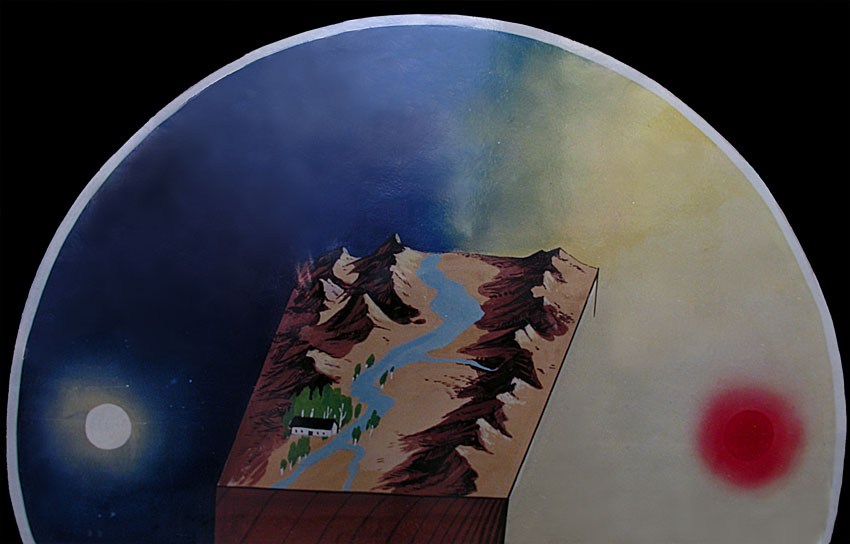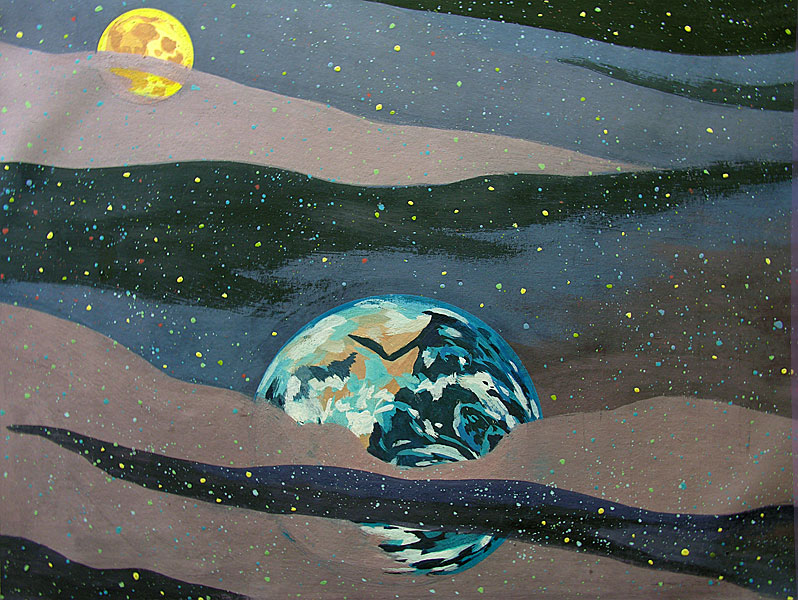| There were three major theories of cosmology over the course of Chinese history. The first viewed the heavens as a great canopy or cover (Gài Tiān 蓋天) and originated around the 12th century BC. The second, Hún Tiān - 浑天, proposed by Zhang Heng, compared the cosmos to an egg with the earth at the center. The third saw all heavenly bodies floating in space (Xuān Yè 宣夜). The second and third were both proposed during the Eastern Han Dynasty (25-220 AD). Chinese astronomy paid little attention to cosmology, accepting the spherical heavens model proposed by Zhang Heng as adequate. The Polestar was seen as the center of the heavens and the fact that it was not at the zenith was explained in folk tales by charming stories to explain how the south had slipped down and the north had risen in relation to the heavens. For the professional astronomer, prediction was tied to astrology so it was as difficult for them to take a dispassionate and detached position as it was for the Catholic Church in the sixteenth century.
|



